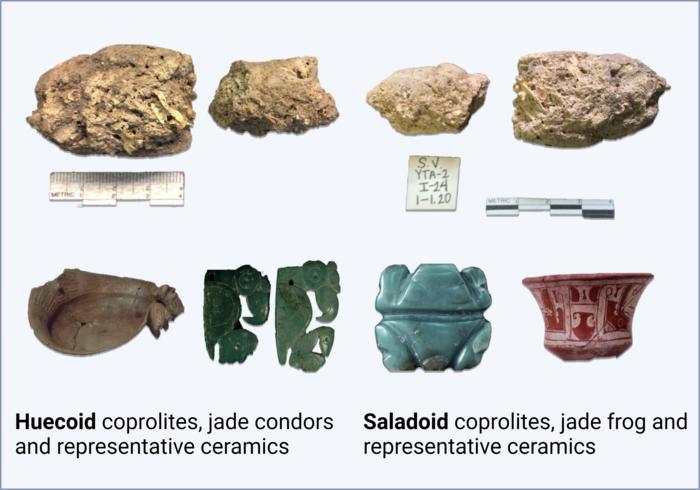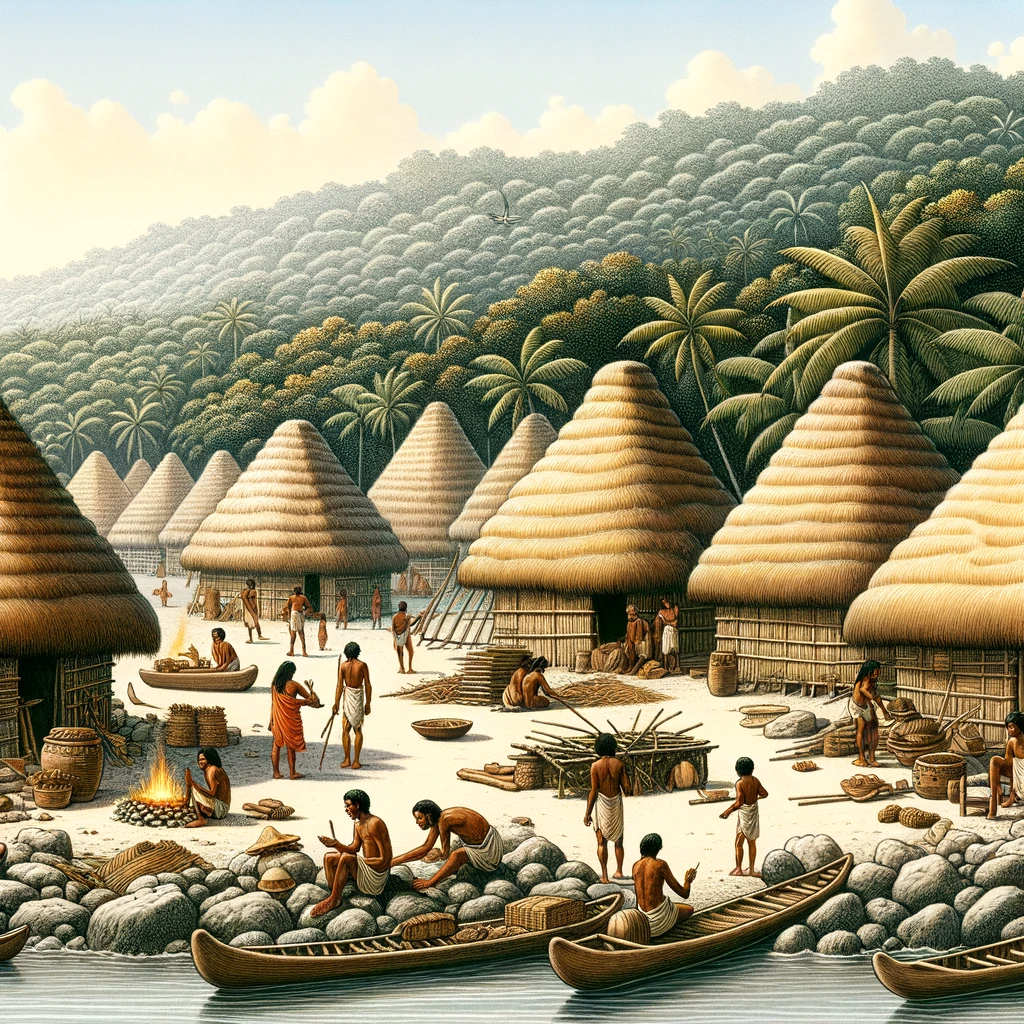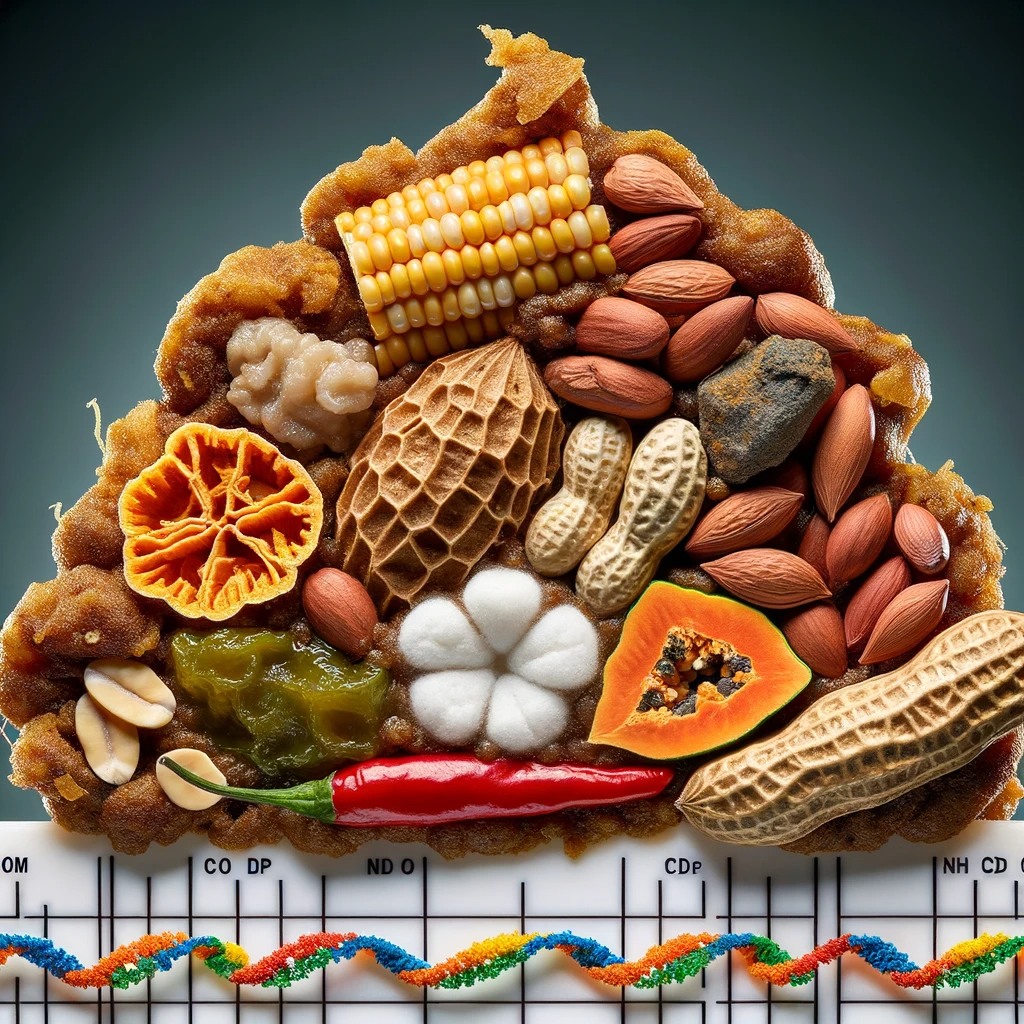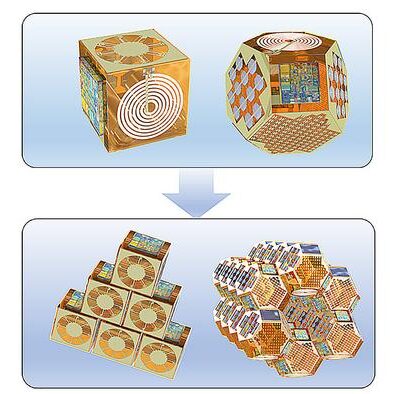From PLOS 28/10/23

DNA analysis of mummified poop reveals two pre-Columbian Caribbean cultures ate a wide variety of plants, like maize, sweet potato, and peanuts—and tobacco and cotton traces were detected too.
According to a study published October 11, 2023 in the open-access journal PLOS ONE by Jelissa Reynoso-García from the University of Puerto Rico, Puerto Rico, and colleagues.
Mummified poop, or coprolites, can reveal clues to diet and lifestyle.
In this study, Reynoso-García and colleagues analyzed plant DNA isolated from coprolites sampled from archeological sites of two pre-Columbian cultures (Huecoid and Saladoid) to see what these peoples ate and drank.
The authors carefully extracted and analyzed plant DNA from ten coprolite samples at the La Hueca archaeological site in Puerto Rico.

They compared the extracted plant DNA against a database of diverse coprolite samples and contemporary plant DNA sequences.
The results suggest that Huecoid and Saladoid people enjoyed a diverse and sophisticated food system, with sweet potato, wild and domesticated peanut, chili peppers, a domesticated strain of tomatoes, papaya and maize all detected.
The analysis also detected tobacco, possibly due to the use of chewing tobacco, pulverized tobacco inhalation, or tobacco as a food additive for medicinal and/or hallucinogenic purposes.
Also surprisingly, cotton was detected—perhaps due to the use of ground cotton seeds for oil, or because women wet the cotton strands with their saliva leaving strands in the mouth while weaving.
The authors did not find evidence of cassava/manioc/yucca (Manihot esculenta) consumption, though this plant was often reported as a staple food in the pre-Columbian Caribbean by chroniclers.
The authors note that the elaborate grating and drying cassava preparation techniques reported in these accounts might have degraded the plant DNA, or that this might have been a seasonal staple food.

Due to food preparation techniques, the fact that each coprolite sample is only a snapshot of what one specific person had been recently eating, and the limitation that the authors were only able to identify plants also in current DNA sequence databases (not capturing any now-extinct, rare, or non-commercial crops) it’s likely that the Huecoid and Saladoid people ate other plants or fungi not noted here.
Nevertheless, the authors hope this analysis gives further insight into the lives of pre-Columbian people of the Americas.
Dr. Toranzos adds: “Who would have thought that something that we avoid even looking at would contain so much information?”
“It’s especially incredible that this is so even after thousands of years.”



